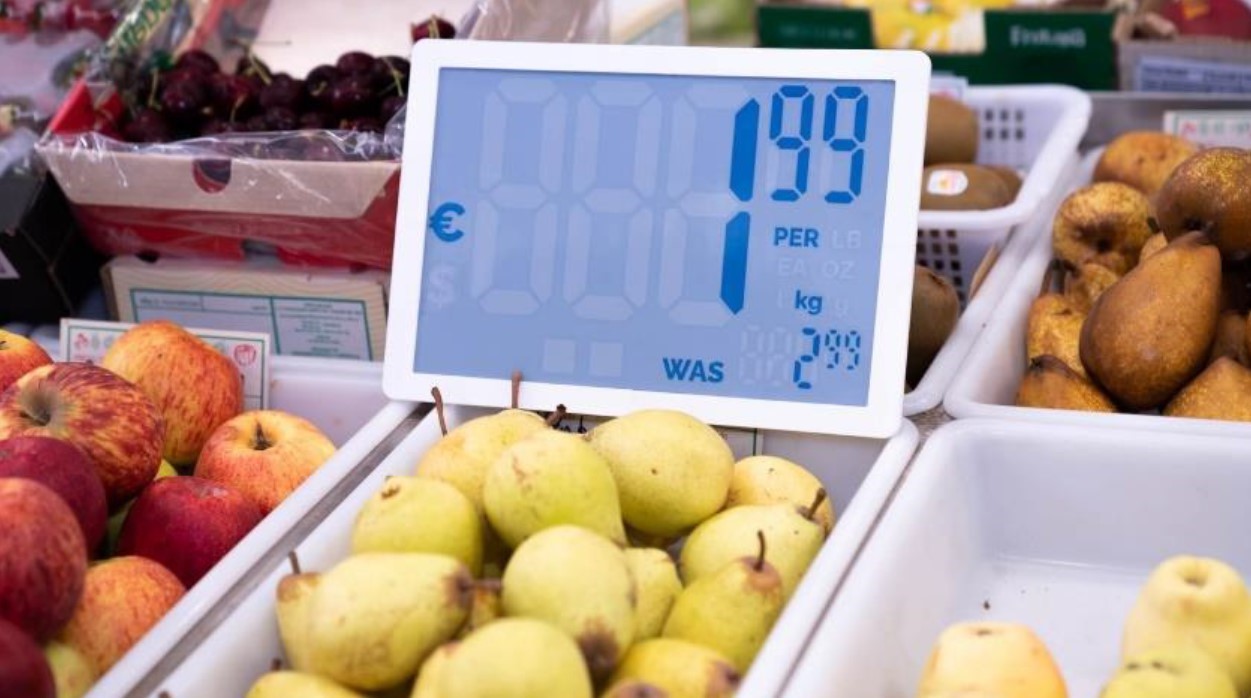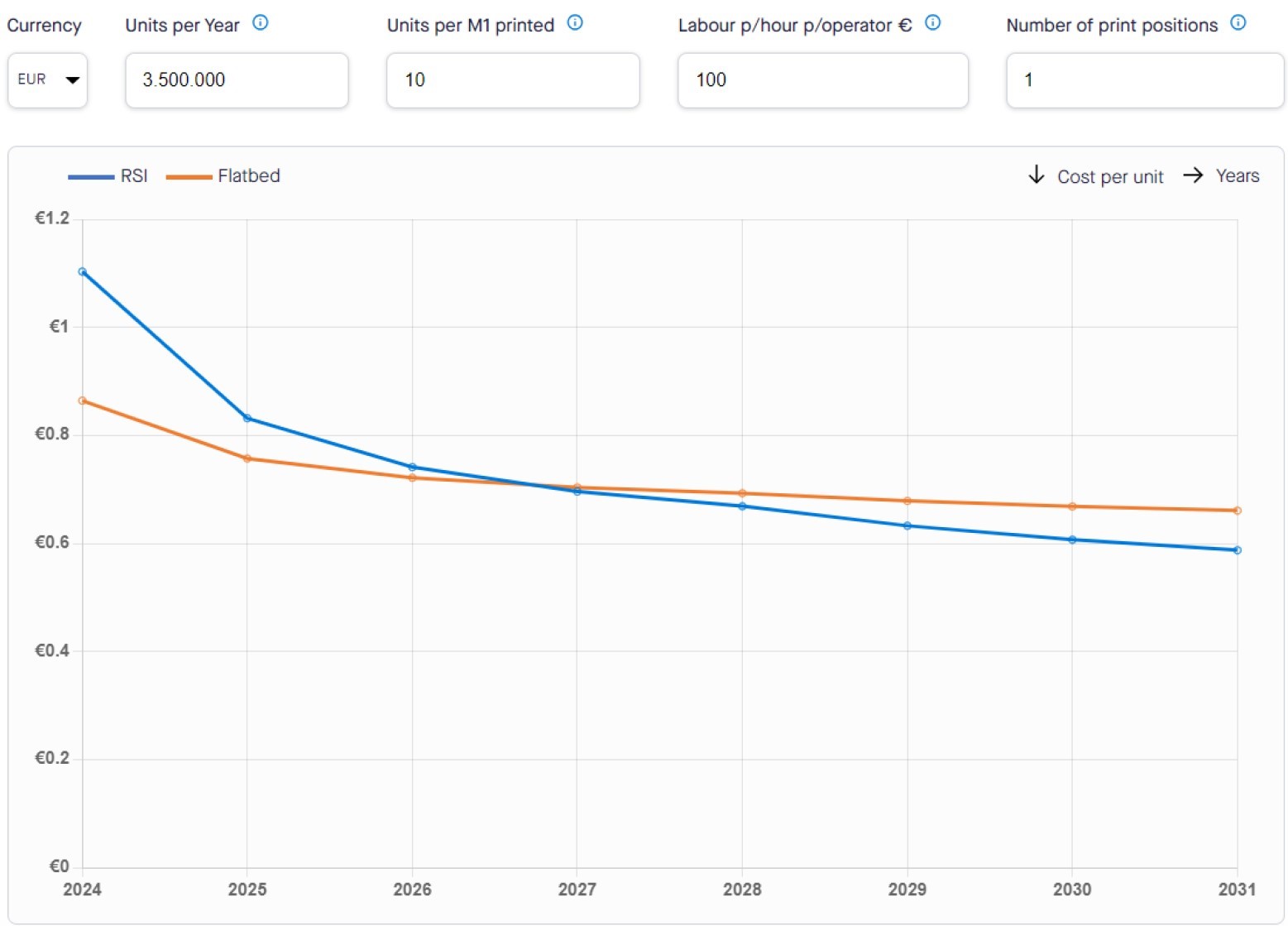Scaling printed electronics: lab to industrial equipment
Printed electronics have gained significant attention for their potential to revolutionise various industries through cost-effective and scalable manufacturing processes.
By Daan de Kubber, Jurgen Westerhoff, and Ben Robesin.
However, a critical challenge within this domain lies in the transition from lab-scale and pilot equipment to industrial-scale production. We want to shed light on the implications of this transition, emphasising its impact on cost reduction, repeatability, and time to market.
The initial stages of printed electronics development predominantly occur on lab and pilot equipment, where researchers and innovators prototype new applications. As these applications progress towards commercialisation, the shift to industrial-scale equipment becomes inevitable. Rotary screen printing emerges as a prominent technique, providing high-throughput capabilities essential for large-scale production.
We have looked critically at this transition. Investments in Industrial-scale equipment, though substantial, ultimately leads to significant cost reductions in large-scale production. This is essential if manufacturers want to achieve sustainable, cost-effective printed electronics.
Moreover, the transition to industrial-scale equipment like Rotary Screen Printing enhances repeatability and quality control. Lab-scale equipment often lacks the precision, required consistency, and capacity for mass production. In contrast, industrial-scale tools offer robust control mechanisms, ensuring consistent output across large volumes. This shift results in higher product quality consistency, reducing defects, and improving overall yield rates.
A great example of a printed electronics application that is moving into high-volume industrialised scale are the printed e-paper displays by our partner Ynvisible. Their products are used on smart labels, IoT devices, retail signage, and many more markets. Ynvisible even shares their know-how in scaling up printed electronics with other companies in the flexible solar and printable battery space.

Printed ultra-low-power display for use in retail
If we take the e-paper example and run it through our cost-per-print calculator you see that for a yearly production of 3.5 million e-paper displays the Rotary Screen Printing solution starts to become more profitable within three years of production. This shows that you need relatively high volumes to justify the investment in a full SPGPrints Rotary screen printing line, but it will pay off and will ensure steady profitable business in the long run. Of course SPGPrints also offers screen printing units that can be integrated into an existing or custom built line, changing the business case significantly. Next to owning the equipment SPGPrints (and our network of print service providers) offers Production-as-a-Service including application development consultancy.

This is a calculation showing the cost per printed unit comparison between typical flat-bed screen printing and a full SPGPrints rotary screen printing line.
It is imperative to acknowledge that transitioning equipment mid-development cycle extends the time to market. This delay arises from the need to recalibrate processes, optimise formulations, and adapt to the unique characteristics of industrial-scale equipment. This delay represents a critical trade-off, where time saved in large-scale production is weighed against the extended development phase.
In conclusion, the transition from lab-scale and pilot equipment to industrial-scale production, like Rotary Screen Printing, plays a pivotal role in advancing printed electronics. While the cost reductions and enhanced repeatability are substantial benefits, it is important to recognise the inherent time-to-market trade-off associated with this transition. In this paper we will show some examples of how choosing for industrial-scale equipment at an early stage in development, saves time and money in the long run. Additionally, we will provide a calculation method to evaluate the most suitable production equipment for a specific application.









